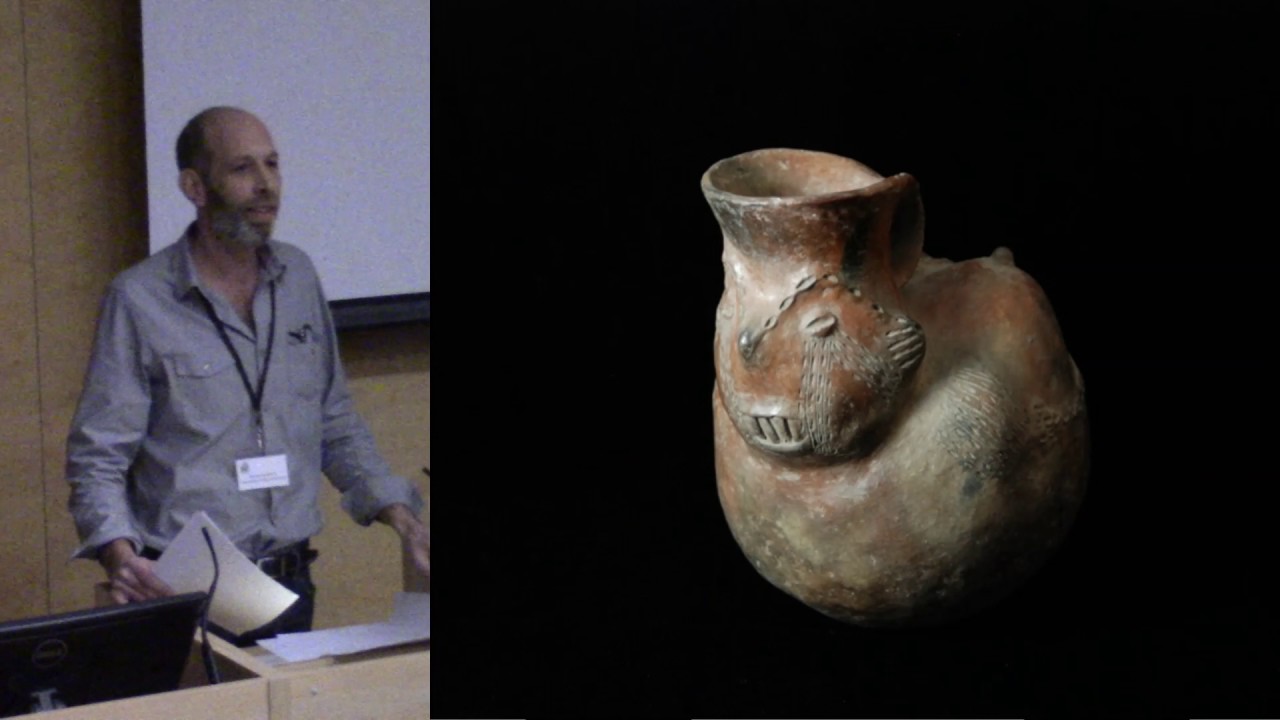The question that drives this paper is how to understand anthropomorphism in archaeological material, particularly in three-dimensional artefactual forms. Typically, anthropomorphism – in artworks, ceramics, architecture, and so on – is understood as a form of scheme transfer in which meanings associated with the human body are transferred to other materials. Alternately, it is understood as a representational practice in which cultural narratives are played out in material form. More recently, cognitive approaches have stressed the connection between body metaphor and practice.
The underlying premise I begin with is that of ontological pluralism, by which I mean that peoples’ truths and experiences of reality are varied. What anthropomorphism means in a given context depends upon the nature of underlying ontological commitments. Drawing from Amazonian ethnographies that show making and image to be ontologically of the same order, I develop an alternative theory of anthropomorphism in relation to a series of anthropomorphic pots from first millennium AD northwest Argentina. In doing so, I turn to Alfred Gell’s writings on style as an interpretive guide.
Ben Alberti, Framingham State University
Recording Archaeology
Source



